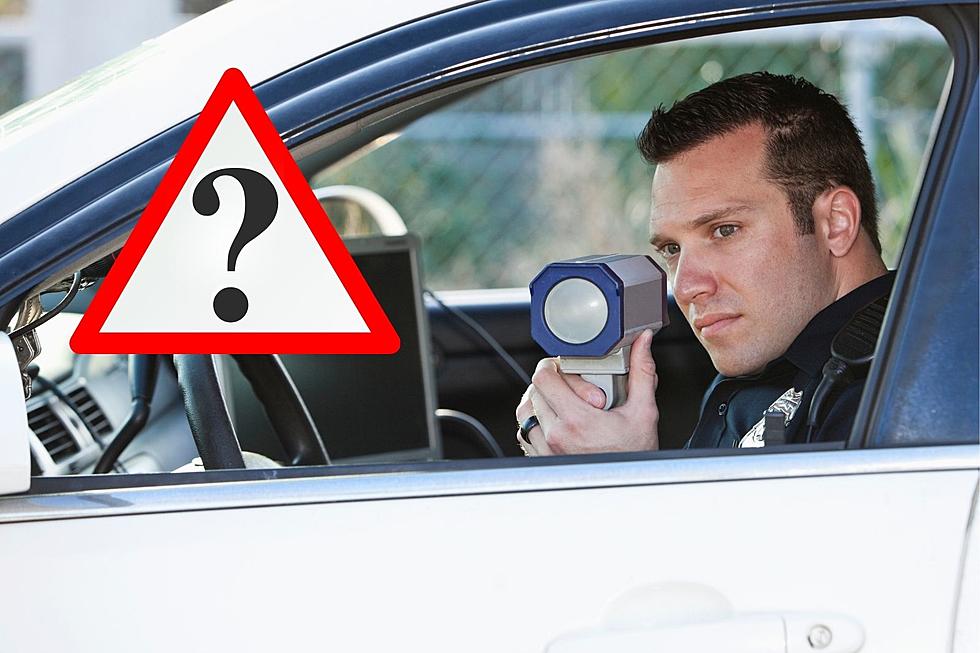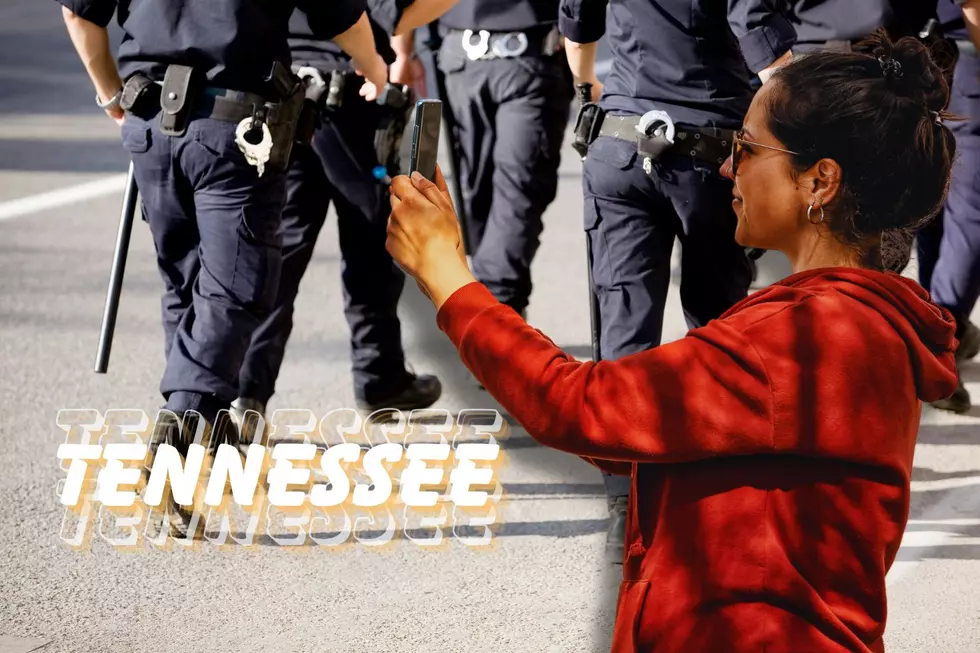
Can You Legally Use a Radar Detector in Indiana?
The idea of the radar detector is to keep you from getting caught speeding. But, could having one while driving in Indiana land you in more trouble?
When I'm driving, it's rare that I'm ever staying at the posted speed limit. The exception is when I'm driving through my neighborhood to go home, or through another residential area if I'm heading to someone else's home because I know there's a greater chance kids, people, and animals are around and could dart out in front of me. But, if I'm on a highway or interstate, I'm going at least ten or more miles per hour over even though I know full well that I'm gambling with the possibility of getting caught and getting a ticket, which almost happened on my way home from my family's spring break trip. Fortunately, the car in front of me got up and going a little quicker than I did after we got through a traffic jam and the Georgia sheriff's deputy hiding in the median clocked him before he clocked me.

My dad was the same way. I remember taking road trips as a kid and Dad borrowing a friend's detector for the drive. He would clip it to the visor and do his best to tuck the cord to the cigarette lighter behind the plastic piece that ran alongside the windshield so a cop wouldn't see it. At the time (this was the mid-1980s) he said it was because they were illegal to have. I hadn't thought about that for years until that moment in Georgia. As a matter of fact, I couldn't even tell you the last time I saw a radar detector in someone's car, which made me think, was Dad right?
Are Radar Detectors Legal in Indiana?
According to Automoblog, "an automotive industry, technology, and lifestyle publication that helps readers understand more about cars and driving," radar detectors and laser jammers are perfectly legal to use in the Hoosier State, whether or not law enforcement likes it or not.
Difference Between Radar Detectors and Laser Jammers
Radar detectors are designed to pick up the radar frequencies used by most law enforcement radar guns and alert you when one is nearby, giving you the opportunity to slow down before it gets pointed at you. Laser jammers on the other hand are designed to decode the laser being used by the officer's speed gun and "confuse" the gun, causing it to not display a speed. The videos below go into more detail.
Now that you know, there's obviously no guarantee either one will 100% prevent you from getting a ticket. If you're clearly zipping past everyone on the highway, or weaving in between lanes because you're going 20 miles faster than everyone else, I imagine a cop will pull you over and write you a ticket based solely on their observation. Will it hold up in court if you choose to fight it? It's certainly possible. That will depend on the judge and whose story he believes more. Chances are if it's an officer that's been on the force for a while and has a good reputation, not only are you going to pay that ticket, you're going to have to cover any court costs associated with challenging it.
[Sources: Automoblog / K40 Electronics / Complete Mobile]
LOOK: See the iconic cars that debuted the year you were born
LOOK: See how much gasoline cost the year you started driving
More From WGBF-FM






